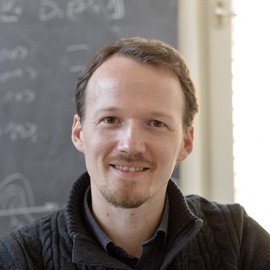Quantifying non-Hermiticity using single- and many-particle quantum properties

Abstract
The non-Hermitian paradigm of quantum systems displays salient features drastically different from Hermitian counterparts. In this work, we focus on one such aspect, the difference of evolving quantum ensembles under $H_{nh}$ (right ensemble) versus its Hermitian conjugate, $H_{nh}^†$ (left ensemble). We propose a formalism that quantifies the (dis-)similarity of these right and left ensembles, for single- as well as many-particle quantum properties. Such a comparison gives us a scope to measure the extent to which non-Hermiticity gets translated from the Hamiltonian into physically observable properties. We test the formalism in two cases: First, we construct a non-Hermitian Hamiltonian using a set of imperfect Bell states, showing that the non-Hermiticity of the Hamiltonian does not automatically comply with the non-Hermiticity at the level of observables. Second, we study the interacting Hatano–Nelson model with asymmetric hopping as a paradigmatic quantum many-body Hamiltonian. Interestingly, we identify situations where the measures of non-Hermiticity computed for the Hamiltonian, for single-, and for many-particle quantum properties behave distinctly from each other. Thus, different notions of non-Hermiticity can become useful in different physical scenarios. Furthermore, we demonstrate that the measures can mark the model’s Parity–Time (PT) symmetry-breaking transition. Our findings can be instrumental in unveiling new exotic quantum phases of non-Hermitian quantum many-body systems as well as in preparing resourceful states for quantum technologies.
Published 1 October 2025


